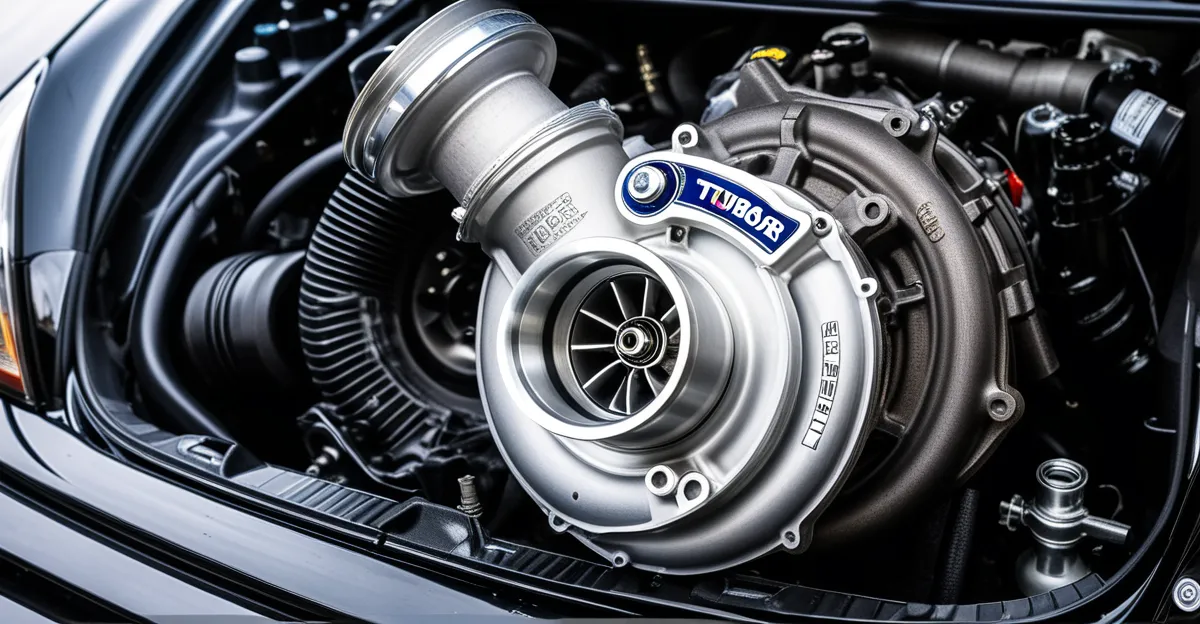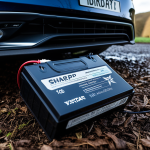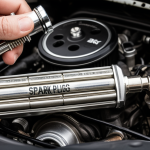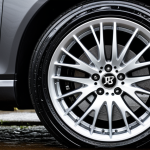Essential Safety and Legal Precautions Before Turbocharger Installation
Preparing for turbocharger installation safety involves strict adherence to UK vehicle regulations and turbocharger safety protocols. Before beginning, it’s vital to understand that any modification to a vehicle’s engine must comply with legal compliance standards to ensure roadworthiness. The UK’s regulatory framework demands that turbocharger modifications do not impair emissions, noise levels, or overall vehicle safety.
Key UK safety regulations for turbocharger installation safety include verifying that the upgraded components meet manufacturer specifications and ensure no interference with critical systems like brakes or suspension. Additionally, confirming that your installation adheres to emissions limits and noise pollution regulations is essential for passing MOT inspections and remaining lawful for public roads.
A voir aussi : Complete Guide to Reviving Iconic British Car Interiors: Essential Tips for Restoration Enthusiasts
Preparing your workspace and vehicle is part of implementing safe turbocharger safety protocols. This means working in a clean, well-ventilated space with appropriate fire safety measures given the risks involved with fuel and hot exhaust components during installation. Ensuring the vehicle is securely elevated and immobilised prevents accidents, while using protective gear reduces injury risk.
Strict compliance with these UK vehicle regulations and turbocharger installation safety measures is crucial for a successful, legal turbo upgrade.
Lire également : Unlocking Engine Power: The Ultimate Torque Testing Handbook for UK Vehicles
Tools, Equipment, and Preparation Checklist
Before starting a turbocharger installation, having the right turbocharger installation tools and equipment is essential to comply with UK vehicle regulations and ensure installation preparation is efficient and safe. A comprehensive equipment checklist includes:
- Torque wrenches for precise bolt tightening
- High-quality spanners and socket sets matching UK car specifications
- Proper lifting tools to securely elevate the vehicle
- Heat-resistant gloves and safety glasses for personal protection
Sourcing UK car modification tools that meet local standards guarantees smoother workflow and legal compliance. Using non-compliant tools can lead to improper fitting, risking damage or legal issues.
Preparation also involves verifying that all parts and hardware comply with UK vehicle regulations on emissions and safety. This ensures the turbocharger upgrade is both roadworthy and sustainable.
Establishing a clear workspace layout and arranging tools beforehand cuts down on installation time and reduces error chances. Remember, meticulous preparation aligns with turbocharger safety protocols, reducing risks associated with hot components and pressurised systems. Prioritize a tidy workspace and verify tool quality to support a successful turbo upgrade compliant with UK legal standards.
Essential Safety and Legal Precautions Before Turbocharger Installation
Careful adherence to turbocharger installation safety and UK vehicle regulations is non-negotiable for any engine modification. The legal compliance framework mandates that turbocharger upgrades do not compromise roadworthiness, so ensuring your setup complies with emissions norms and noise restrictions is fundamental. Any deviation risks failing MOT inspections or incurring penalties.
Key UK safety regulations emphasize that installation must respect manufacturer specifications and avoid interference with critical systems such as brakes, suspension, and fuel delivery. Additionally, turbocharger safety protocols require proper handling of hot components to prevent burns or fire hazards.
Preparing your workspace goes beyond tidiness. It involves securing ample ventilation, organising tools for efficiency, and ensuring the car is immobilised and elevated securely to prevent accidents. Personal protective equipment (PPE) like gloves and goggles must be worn consistently.
Legal compliance also extends to documentation; keeping records of parts and confirming their conformity to UK vehicle regulations supports validation during inspections. Prioritising these safety and legal standards safeguards you, your vehicle, and other road users while facilitating a successful turbo upgrade.
Essential Safety and Legal Precautions Before Turbocharger Installation
Understanding UK vehicle regulations is paramount to ensure legal compliance during turbocharger installation. The law requires that modifications do not negatively impact vehicle safety, emissions, or noise levels, safeguarding roadworthiness. For example, any turbocharger installation must comply with approved standards and avoid altering critical systems like brakes or suspension. Failing to do so can lead to MOT failure or legal penalties.
Adhering to turbocharger installation safety involves strict turbocharger safety protocols. These include careful handling of high-temperature exhaust components and pressurised parts to prevent injury or fire hazards. Using appropriate PPE and maintaining a clean, well-ventilated workspace are essential steps.
Preparing your vehicle is equally critical. It must be securely immobilised and elevated using stabilised lifts designed for automotive work, minimising accident risks. Double-checking that all parts are UK-compliant ensures the installation aligns with regulatory standards.
By focusing on these safety and legal pillars—correct technical standards, workspace readiness, and personal protection—you lay a foundation that promotes a successful and lawful turbocharger upgrade.
Essential Safety and Legal Precautions Before Turbocharger Installation
Navigating UK vehicle regulations is central to ensuring legal compliance when installing a turbocharger. The law mandates that turbocharger upgrades do not undermine vehicle safety or environmental standards. Key UK safety regulations require that the turbocharger installation avoids interference with essential vehicle systems like brakes, suspension, and emissions controls. Failure to comply can result in MOT test failure or legal consequences.
Adhering strictly to turbocharger installation safety means following established turbocharger safety protocols such as using proper personal protective equipment (PPE) and handling pressurised and high-temperature turbo components cautiously. Preparing the workspace is equally vital: it should be clean, well-ventilated, and equipped with fire safety tools.
The vehicle must be securely immobilised and elevated on stable lifts to prevent accidents. Confirming that all turbocharger parts meet UK standards supports compliance and enhances roadworthiness. Ensuring these safety and legal precautions not only protects those involved in the installation but also upholds the vehicle’s lawful status on UK roads.









